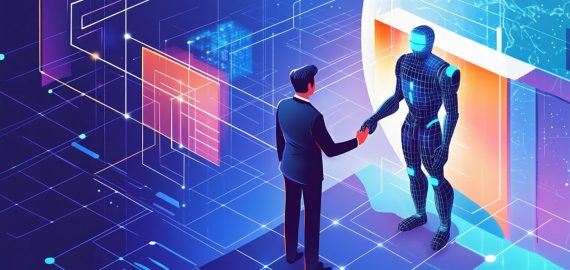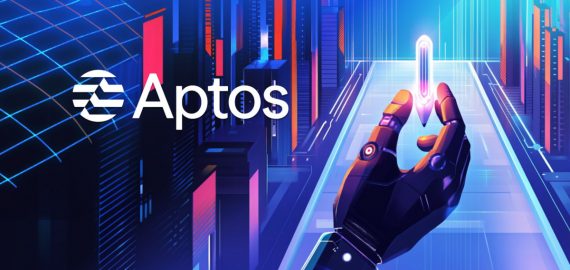OpenAI’s Superalignment Team Unveils Innovative Method for AI System Oversight


In Brief
OpenAI’s Superalignment team published the new research paper that promises a potential solution for supervising highly advanced AI systems.

The artificial intelligence (AI) research organization OpenAI’s Superalignment team published a new research paper introducing the concept of utilizing smaller AI models to supervise more advanced ones. This approach demonstrates impressive outcomes, promising a potential simplification of supervising highly advanced AI systems for people in the future.
In conventional machine learning, humans oversee AI systems less intelligent than themselves. However, with superintelligent AI, humans will need to supervise systems more intelligent than themselves.
In the pursuit of guiding and controlling superintelligent AI systems, researchers proposed a method where a less powerful AI model could supervise a more powerful one.

Ordinarily, it is unlikely for a strong model to outperform a weak supervisor, but strong pretrained models possess excellent capabilities. Researchers applied this approach by supervising GPT-4 with a GPT-2-level model. The resulting model is typically performed between GPT-3 and GPT-3.5, indicating it can achieve strong AI capabilities with weaker supervision.
Overall, the results suggest that while basic human supervision might not scale well to superintelligent models, there are ways to significantly enhance how well these models learn from less capable supervisors.
The researchers believe their approach captures essential difficulties in aligning future superhuman models, enabling them to make progress.
Alongside announcing research findings, OpenAI encouraged students, academics and other researchers to contribute to the broad field of superhuman AI alignment. The company launched a $10 million grant program focused on this problem.
OpenAI Advances Evolving Landscape of AI
According to OpenAI, superintelligent AI models exceeding human capabilities might be developed within the next decade. However, managing and directing these sophisticated AI systems pose a considerable challenge for people.
Existing alignment methods, such as reinforcement learning from human feedback (RLHF), depend on human guidance. However, future AI systems will be capable of extremely complex and creative behaviors that will make it hard for humans to reliably supervise them. Thus, the company is actively exploring innovative solutions to address the evolving landscape of AI development.
Recently, OpenAI allegedly announced the release of the company’s latest development – the GPT-4.5 model. The alleged screenshot suggested advanced capabilities encompassing language, audio, vision, video, 3D, complex reasoning, and cross-model understanding. However, Sam Altman, the founder of OpenAI, denied the rumors.
Disclaimer
In line with the Trust Project guidelines, please note that the information provided on this page is not intended to be and should not be interpreted as legal, tax, investment, financial, or any other form of advice. It is important to only invest what you can afford to lose and to seek independent financial advice if you have any doubts. For further information, we suggest referring to the terms and conditions as well as the help and support pages provided by the issuer or advertiser. MetaversePost is committed to accurate, unbiased reporting, but market conditions are subject to change without notice.
About The Author
Alisa, a dedicated journalist at the MPost, specializes in cryptocurrency, zero-knowledge proofs, investments, and the expansive realm of Web3. With a keen eye for emerging trends and technologies, she delivers comprehensive coverage to inform and engage readers in the ever-evolving landscape of digital finance.
More articles

Alisa, a dedicated journalist at the MPost, specializes in cryptocurrency, zero-knowledge proofs, investments, and the expansive realm of Web3. With a keen eye for emerging trends and technologies, she delivers comprehensive coverage to inform and engage readers in the ever-evolving landscape of digital finance.


















































